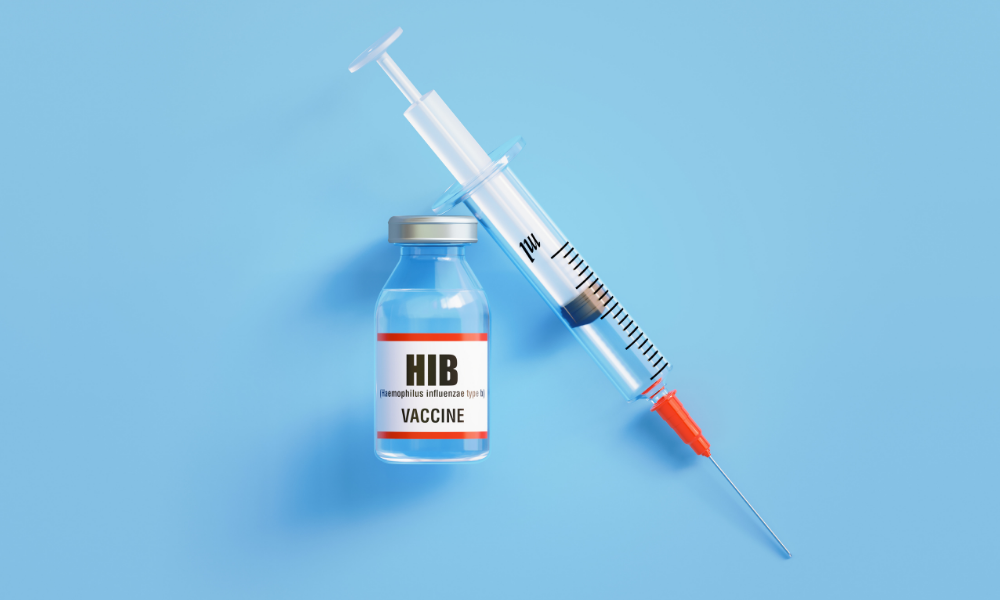There are several strains of Haemophilus Influenza. Haemophilus Influenza b is an extremely rare mutant strain of the normal flora that lives in the nose and throat. Most cases of Haemophilus Influenza colonization do not cause disease. Prior to the introduction of the Hib vaccine, most children acquired natural immunity by the time they were 6 years old. Hib can be a serious bacterial disease in some individuals and can cause middle ear infections, respiratory infections, and meningitis. Hib must enter into the bloodstream for it to cause meningitis or other forms of invasive disease.

For more information: https://www.nvic.org/disease-vaccine/hib
[22] Critical Vaccine Studies. Neil Z. Miller, 2016. P. 113
[23] https://www.nvic.org/disease-vaccine/hib/quick-facts
[24] Vaccine Adverse Events Reporting System – https://digital.ahrq.gov/sites/default/files/docs/publication/r18hs017045-lazarus-final-report-2011.pdf
[25] Vaccines: A Re-appraisal. Dr. Richard Moskovitz, 2017. P. 200
DTaP-HB-IPV-Hib (diphtheria, tetanus, pertussis, hepatitis B, polio, Haemophilus influenza)
Product: Infanrix Hexa (GSK)
Product Monograph: https://ca.gsk.com/media/6247/infanrix-hexa.pdf (35 pages)
Patient Information sheet:
Manufacturer website: https://ca.gsk.com/en-ca/products
DTaP-IPV-Hib (diphtheria, tetanus, pertussis, polio, Haemophilus influenzae type b)
Product: Infanrix-IPV/Hib (GSK)
Product Monograph: https://ca.gsk.com/media/6248/infanrix-ipv-hib.pdf (29 pages)
Patient Information sheet:
Manufacturer website: https://ca.gsk.com/en-ca/products
Product: Pediacel (Sanofi)
Product Monograph: https://products.sanofi.ca/en/pediacel.pdf (36 pages)
Patient Information sheet: https://products.sanofi.ca/en/pediacel-pmi-en.pdf
Manufacturer website: https://www.sanofi.ca/en/products-and-resources/vaccines